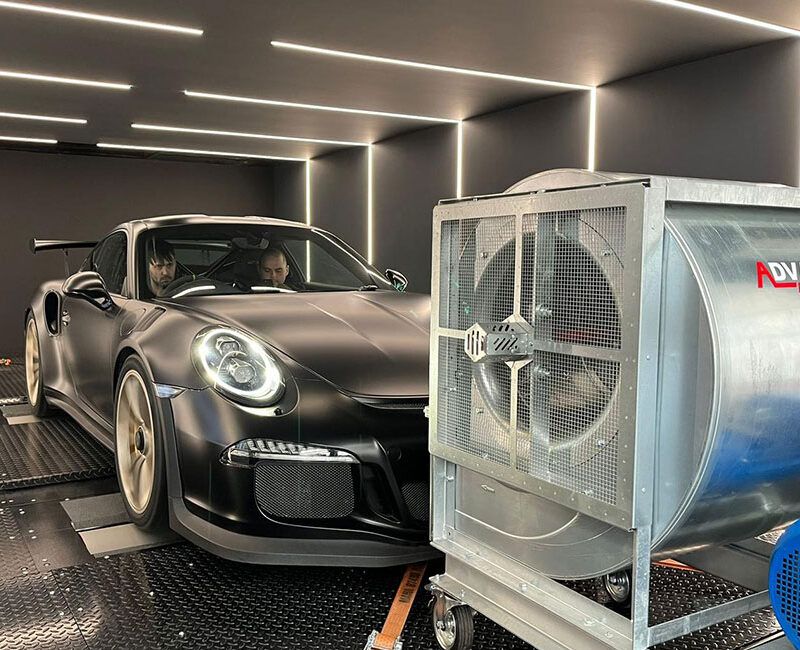Power vs. Handling: Finding the Right Balance for Your Track Car
In the world of track racing, the debate between prioritising power or handling is a constant. While power is intoxicating, leading to faster straight-line speeds, superior handling can significantly improve lap times and overall control. Striking the right balance between these two aspects is crucial for creating a track car that not only performs well but also aligns with the driver’s style and the demands of the track. This article explores strategies for achieving this balance, ensuring your track car excels in both power and handling.
Understanding the Power-Handling Dynamic
The interplay between power and handling in a track car is a delicate one. Excessive power without the handling to manage it can lead to a difficult-to-control vehicle, especially in corners. Conversely, a car with superb handling but insufficient power may struggle on straights or in overtaking scenarios.
Enhancing Power Responsibly
- Engine Upgrades: Consider modifications like ECU tuning, air intake, exhaust systems, and, for more significant boosts, forced induction systems like turbochargers or superchargers.
- Weight-to-Power Ratio: Sometimes, improving power isn’t about adding more horsepower; it’s about reducing the car’s weight to improve the power-to-weight ratio.
- Driveability: Ensure that any increase in power is manageable. Power should be delivered smoothly to avoid overwhelming the car’s handling capabilities.
Focusing on Handling
- Suspension Tuning: Upgrade and tune the suspension for better cornering performance. This includes adjustable shocks, stiffer springs, and sway bars.
- Aerodynamics: Implement aerodynamic modifications, such as splitters, spoilers, and diffusers, to increase downforce and improve cornering stability.
- Tyres: Invest in high-quality tyres with a compound and tread pattern suited for track use. Tyres are the primary contact point with the track and play a crucial role in handling.
- Braking System: High-performance brakes allow for later braking into corners, improving lap times.
Finding the Balance
- Track Analysis: Consider the types of tracks you’ll be driving on. Tight, twisty circuits favour handling, while long, fast tracks benefit from higher power.
- Driver Skill and Preference: Align the car’s balance with your driving style. Some drivers prefer a more agile, nimble car, while others may opt for raw power.
- Testing and Adjustments: Use track days for testing. Analyse lap times, handle feedback and make adjustments accordingly. Data logging can be invaluable in this process.
- Incremental Changes: Make changes gradually. Drastic changes can upset the car’s balance and make it difficult to drive. It also makes it difficult to know what changes made the biggest difference.
Maintenance and Upkeep
- Regular Checks: Following modifications, ensure regular maintenance checks to both the powertrain and handling components for optimal performance.
- Alignment and Suspension Setup: Regularly check the alignment and suspension settings, as these can drift over time and affect handling.
FAQs for Balancing Power and Handling
Q: Should I upgrade my engine or suspension first? A: It depends on your current setup and goals. Often, starting with suspension upgrades is advisable as it lays the groundwork for handling any future power increases.
Q: Can aerodynamic mods make a significant difference in handling? A: Yes, especially at higher speeds. Aerodynamic modifications can greatly improve a car’s stability and cornering capability.
Q: How do I know if my car is too powerful for its handling? A: If you’re consistently struggling to control the car in corners or experiencing excessive oversteer or understeer, it might be time to focus on handling improvements.
Q: Are there any risks to significantly increasing power? A: Beyond handling issues, significant power increases can strain the drivetrain and other mechanical components. Ensure your car’s transmission, brakes, and cooling system can handle the extra power.
Q: How important are tyres in the power vs. handling equation? A: Tyres are critical. Even with substantial power and handling upgrades, the wrong tyres can negate these improvements. Always choose tyres suited to your track conditions and driving style.
In conclusion, balancing power and handling in a track car requires a thoughtful approach, taking into account the car’s inherent characteristics, the driver’s abilities, and the nature of the tracks being driven. By carefully selecting and tuning both powertrain and handling components, you can create a track car that is not only fast but also a pleasure to drive, offering control and confidence in every turn and straightaway.

